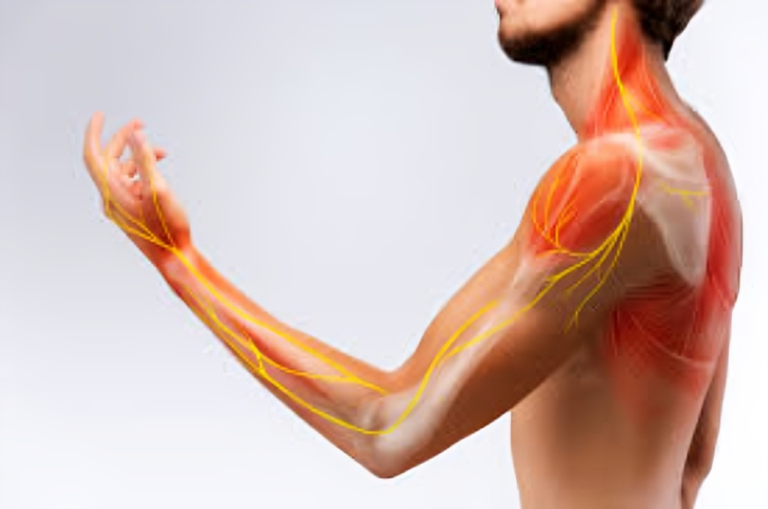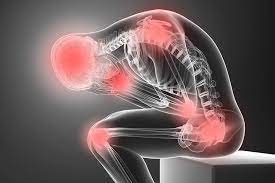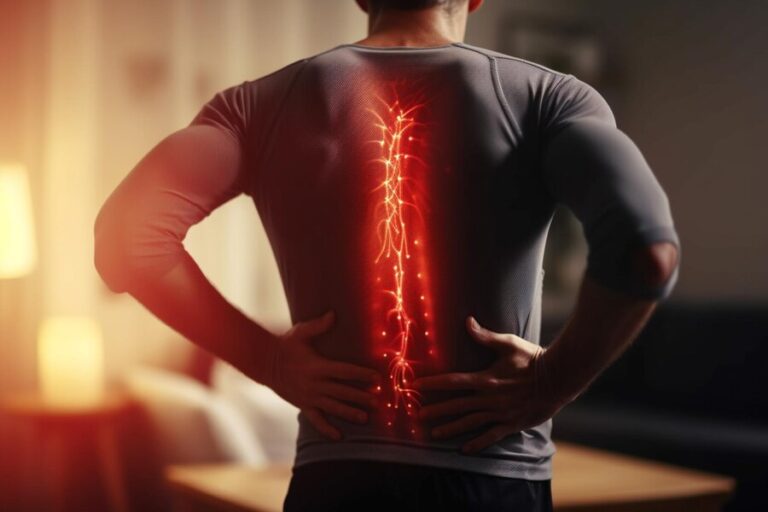Types Of Joint Pain And Their Characteristics
Joint pain can be a debilitating condition that affects people of all ages and backgrounds. Understanding the various types of joint pain and their unique characteristics is crucial for accurate diagnosis and effective treatment. In this article, we delve into the diverse forms of joint pain, shedding light on their distinguishing features to aid in better recognition and management.
Also, learn About Joint Pain Relief: Strategies and Remedies
Osteoarthritis (OA)
Characteristics: OA is the most common type of joint pain, typically associated with aging and wear and tear on the joints.
Symptoms: Joint stiffness, pain, swelling, and decreased range of motion. Pain worsens with activity and improves with rest.
Rrheumatoid Arthritis (RA)
C characteristics: RA is an autoimmune disorder that primarily affects the joints, causing inflammation and damage.
Symptoms: Joint swelling, warmth, tenderness, and morning stiffness lasting for more than an hour. RA often affects symmetrical joints and can lead to joint deformity over time.
Gout
Characteristics: Gout is a type of arthritis characterized by the buildup of uric acid crystals in the joints, leading to sudden and severe attacks of pain and inflammation.
Symptoms: Intense pain, swelling, redness, and warmth in the affected joint, often starting at night and peaking within 6-24 hours. Commonly affects the big toe but can involve other joints as well.
Aankylosing Spondylitis (AS):
Characteristics: AS is a chronic inflammatory condition primarily affecting the spine and sacroiliac joints, leading to stiffness and fusion of the vertebrae.
Symptoms: Lower back pain and stiffness, which worsens with rest and improves with movement. AS may also involve other joints, such as the hips and shoulders.
Psoriatic Arthritis (PsA)
Characteristics: PsA is a type of arthritis that develops in some people with psoriasis, an autoimmune skin condition.
Symptoms: Joint pain, swelling, stiffness, and tenderness, often accompanied by psoriasis symptoms such as skin patches and nail changes. PsA can affect any joint, including the fingers and toes.
Bursitis
Characteristics: Bursitis involves inflammation of the bursae, small fluid-filled sacs that cushion the joints.
Symptoms: Joint pain, tenderness, swelling, and limited range of motion. Typically, bursitis affects the knees, hips, shoulders, and elbows.
Conclusion:
Recognizing the characteristics of different types of joint pain is essential for accurate diagnosis and appropriate management. Whether it’s osteoarthritis, rheumatoid arthritis, gout, or other forms of joint disorders, early intervention and tailored treatment plans can help alleviate pain, improve function, and enhance overall quality of life. If you experience persistent joint pain or other concerning symptoms, consult a healthcare professional for evaluation and guidance.
Also, Follow us on Instagram







